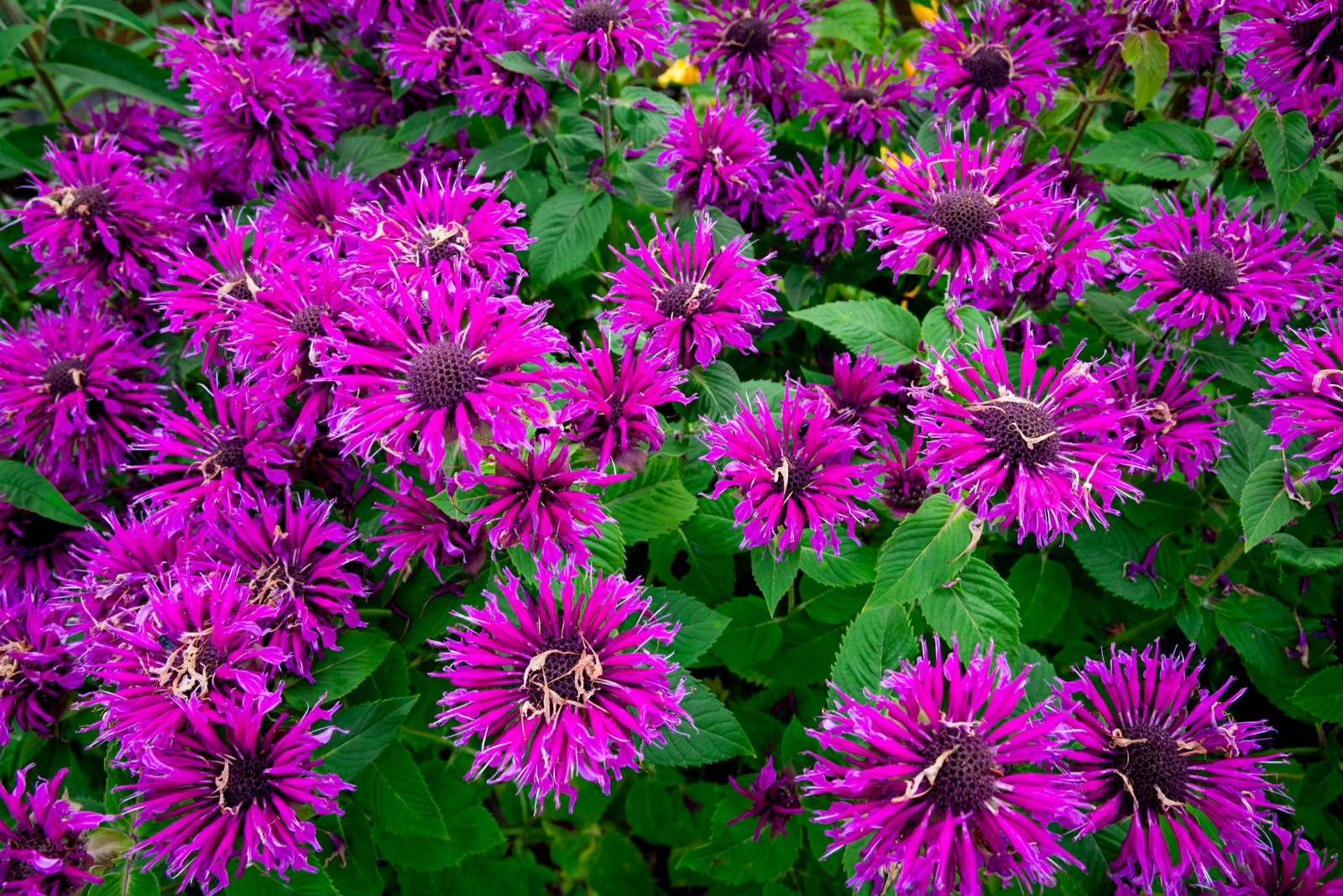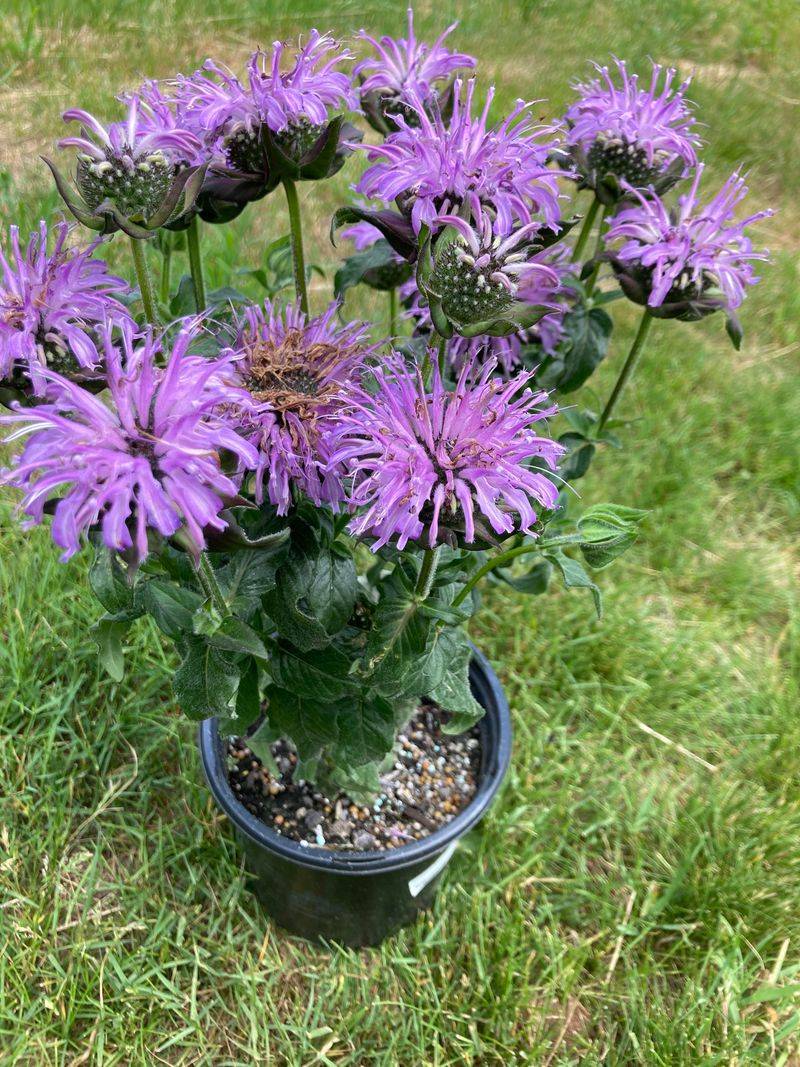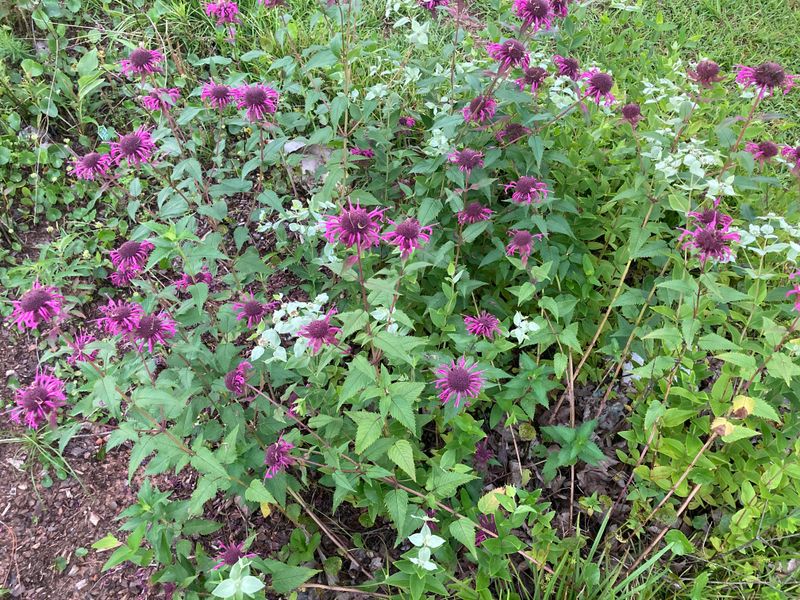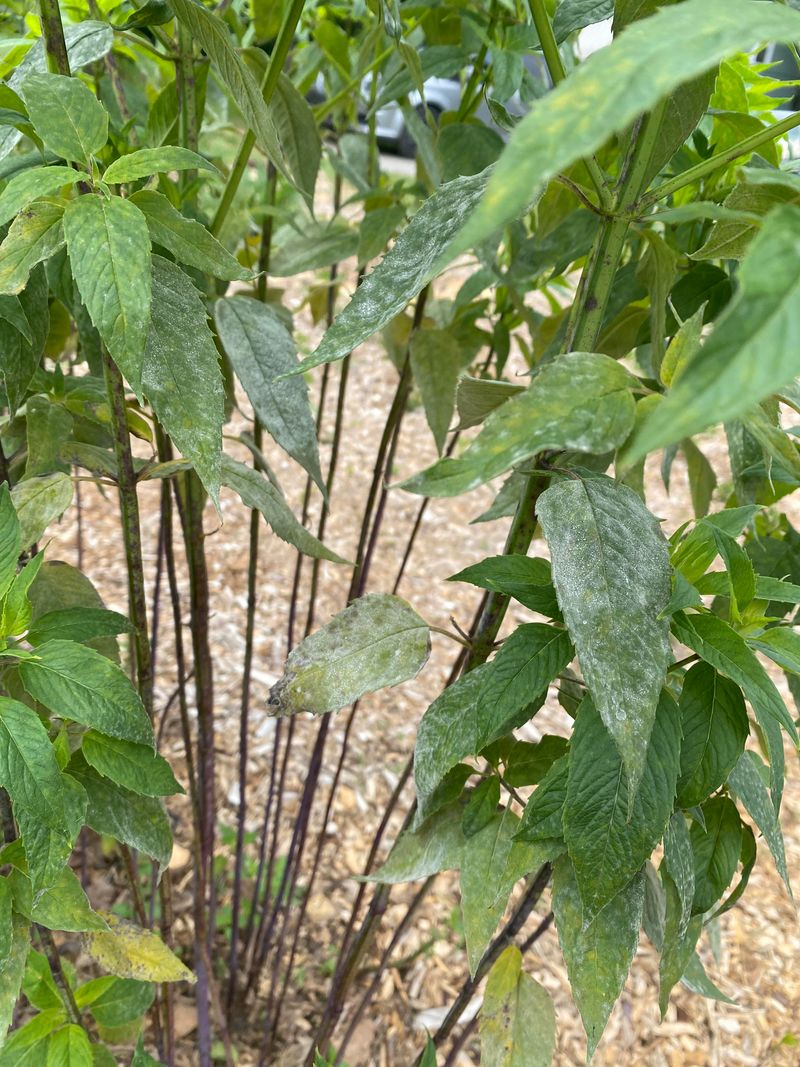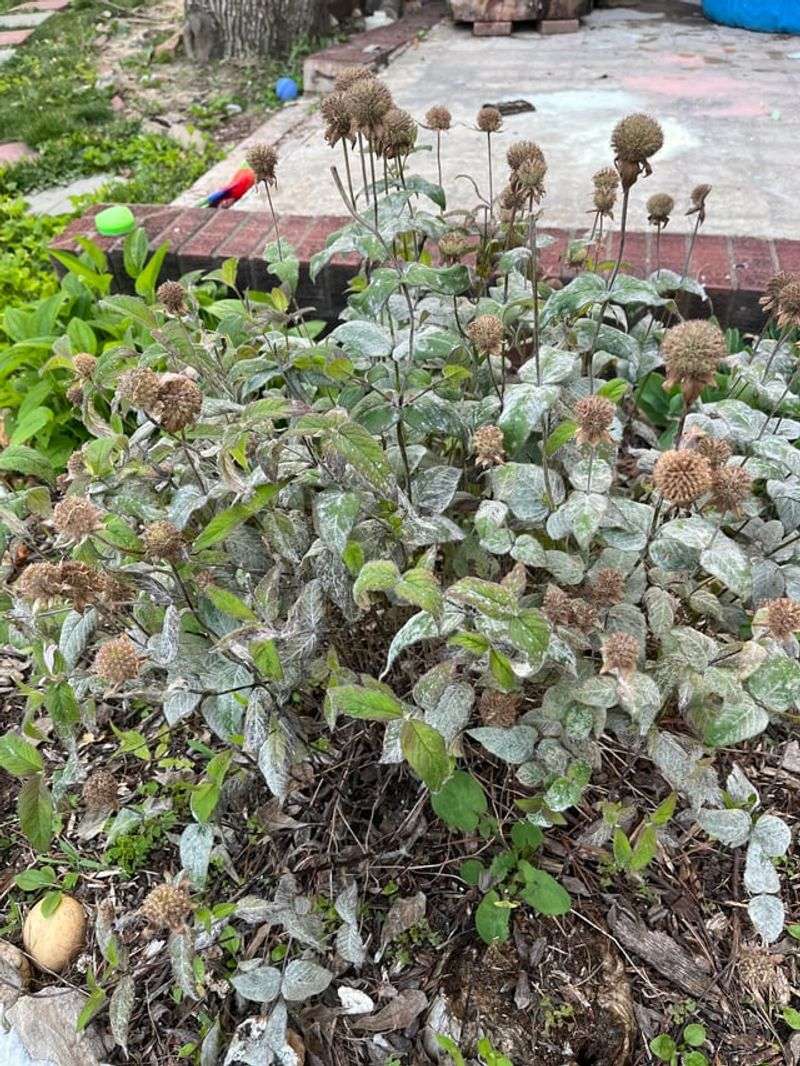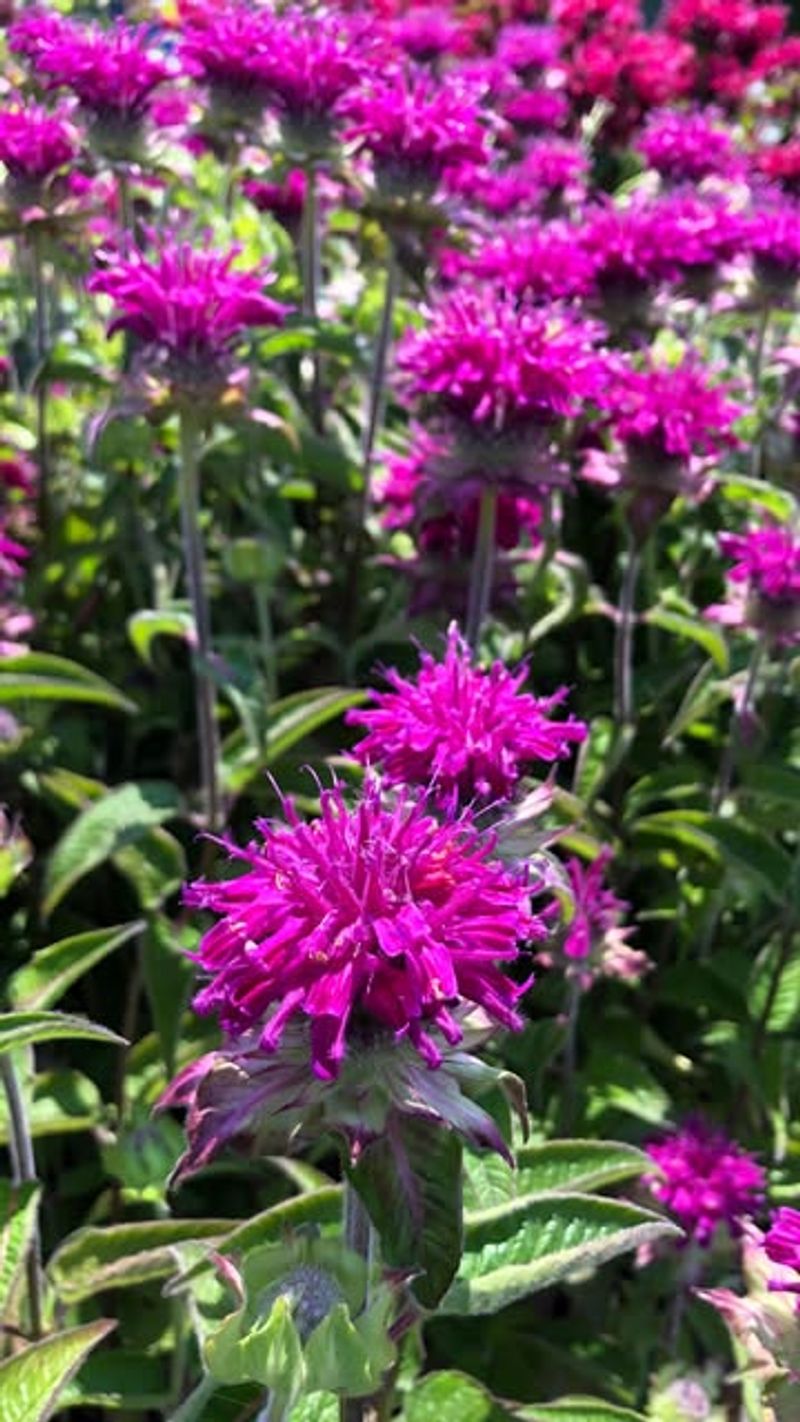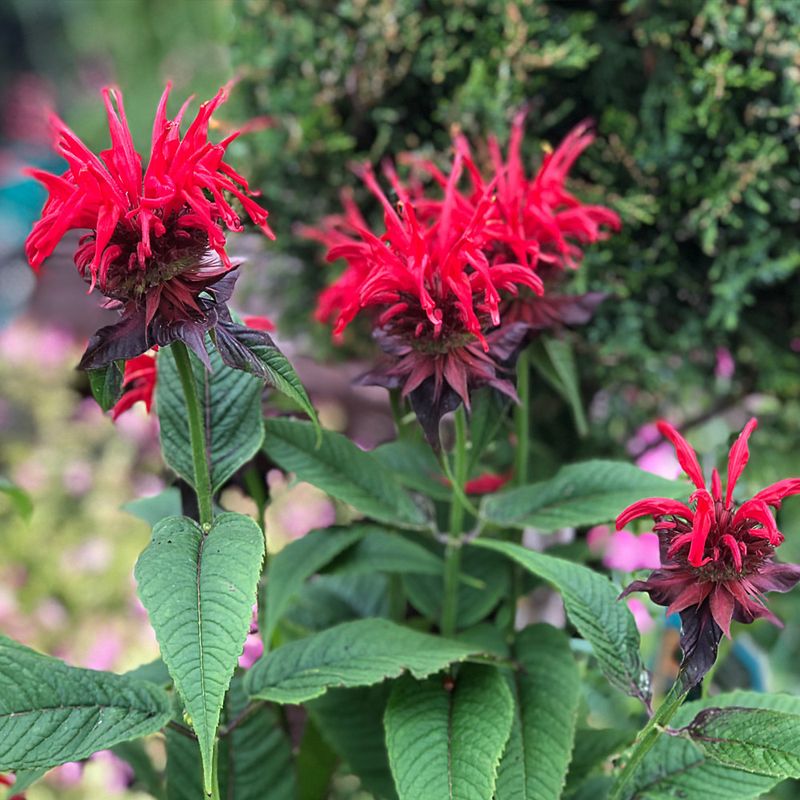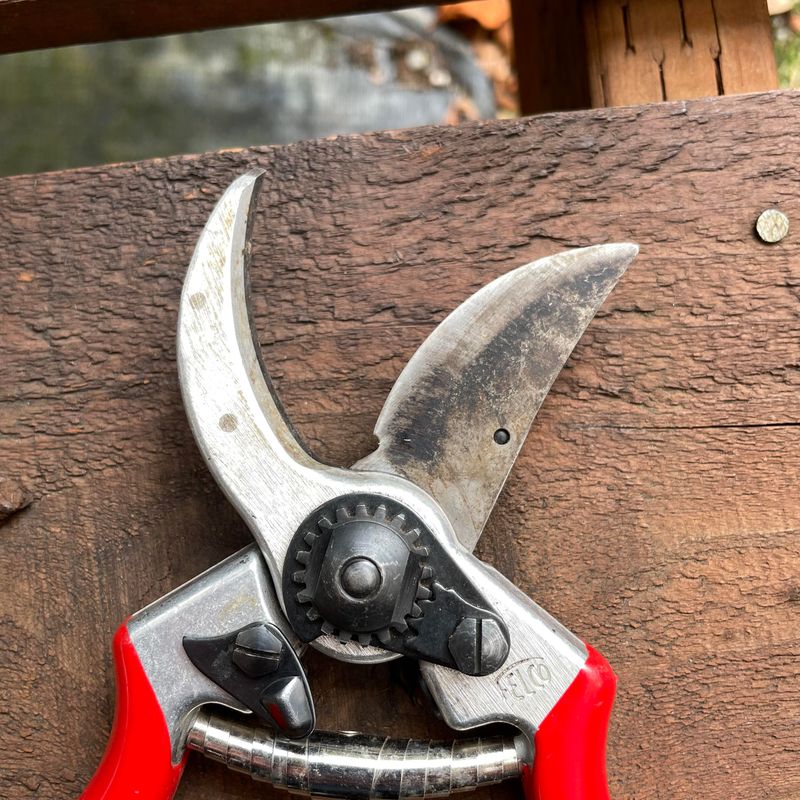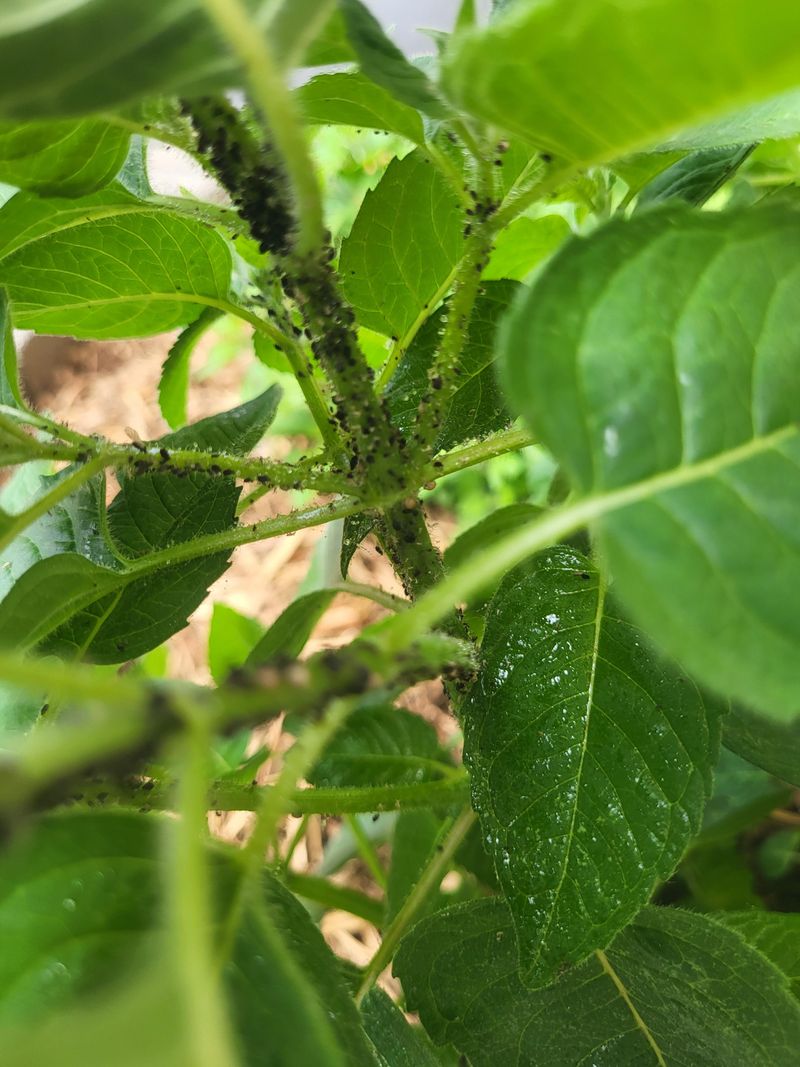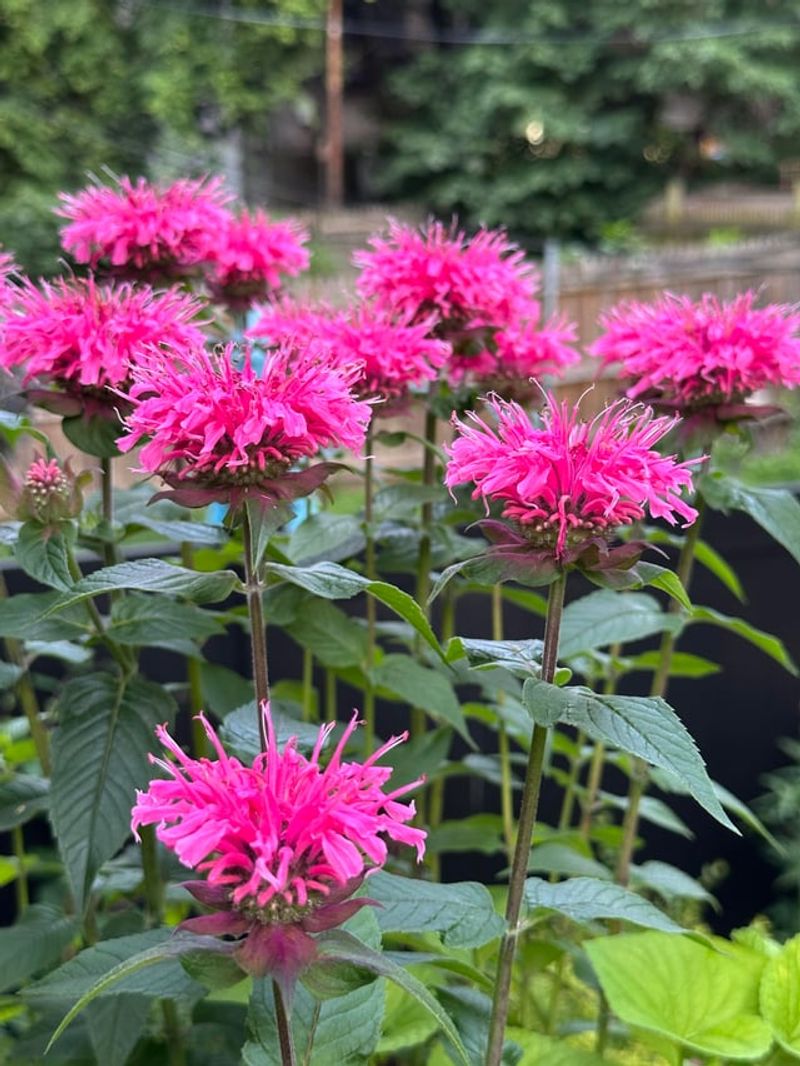Pruning bee balm in New York can seem straightforward, but timing and technique matter more than you might think.
Done correctly, it keeps plants healthy and encourages strong blooms next season. A few details can make the difference between a thriving patch and a disappointing one.
Learning what matters most now will save work later.
1. Wait Until After the First Frost Hits
Timing matters more than you might think when it comes to cutting back bee balm. In New York, gardeners should hold off on pruning until after the first frost arrives, typically in late October or early November.
Waiting allows the plant to naturally shut down for winter and transfer nutrients back to its roots. Early pruning can confuse the plant and trigger new growth that won’t survive the cold.
Plus, leaving the stems standing a bit longer gives beneficial insects shelter as temperatures drop across the state.
2. Cut Stems Down to Ground Level
Once you’re ready to prune, grab a sharp pair of garden shears and get to work. Cut each stem down to about two to three inches above the soil line for best results.
Removing all the dead foliage helps prevent diseases from overwintering in your New York garden beds. It also makes spring cleanup much easier when new shoots start popping up.
Don’t worry about being too precise—bee balm is forgiving and will bounce back beautifully when warmer weather returns to the region.
3. Remove Diseased or Damaged Foliage First
Before you start trimming everything down, take a moment to inspect your bee balm carefully. Look for leaves with powdery mildew, spots, or any signs of pest damage that commonly affect plants throughout New York.
Removing these problem areas first prevents diseases from spreading to healthy parts of the plant or neighboring flowers. Always dispose of diseased material in the trash rather than your compost pile.
Clean cuts with sanitized tools also reduce the chance of introducing new infections during the pruning process.
4. Leave Some Seed Heads for Wildlife
Did you know that bee balm seed heads provide valuable food for birds during fall and winter? If you want to support local wildlife in New York, consider leaving a few stems unpruned until spring arrives.
Goldfinches and chickadees especially love snacking on these nutritious seeds when other food sources become scarce. It’s a simple way to help your feathered neighbors survive the colder months.
You can always trim these remaining stems back in early spring before new growth emerges from the base.
5. Divide Overcrowded Clumps During Fall Pruning
Fall pruning season in New York is the perfect opportunity to divide bee balm plants that have grown too thick or crowded. Overcrowded clumps often develop poor air circulation, which leads to disease problems and weaker blooms.
Use a sharp spade to dig up the entire plant and separate it into smaller sections with healthy roots attached. Replant the divisions immediately, spacing them about eighteen inches apart.
Your newly divided plants will establish roots before winter and reward you with vigorous growth come spring.
6. Apply Mulch After Cutting Back Stems
Once you’ve finished pruning your bee balm, don’t forget this important final step. Spread a two to three-inch layer of organic mulch around the base of each plant to protect the roots during New York’s harsh winter months.
Shredded leaves, straw, or wood chips all work wonderfully and help regulate soil temperature while retaining moisture. Mulch also prevents the freeze-thaw cycles that can push plants right out of the ground.
Just keep the mulch a few inches away from the crown to prevent rot issues.
7. Sanitize Your Pruning Tools Between Cuts
Cleanliness might not sound exciting, but it’s crucial for preventing disease spread in your New York garden. Always wipe down your pruning shears with rubbing alcohol or a bleach solution between plants, especially if you’ve been cutting diseased foliage.
Pathogens can easily hitchhike from one plant to another on dirty blades, creating bigger problems down the line. Sharp, clean tools also make cleaner cuts that heal faster.
Taking just a few extra seconds for this step saves you headaches and keeps your entire garden healthier overall.
8. Monitor for Pests Hiding in Dead Stems
As you prune, keep your eyes peeled for unwanted guests taking shelter in those hollow bee balm stems. Various insects, including destructive pests, often overwinter inside dead plant material throughout New York gardens.
While some beneficial bugs also use stems as winter homes, removing most of the foliage helps keep pest populations under control. If you spot egg masses or larvae clusters, dispose of those stems immediately.
Regular monitoring during fall cleanup gives you a head start on preventing major infestations when growing season returns next year.
9. Plan Next Year’s Garden Layout While Pruning
Fall pruning gives you the perfect chance to think ahead and reimagine your garden space for next season. As you work through your bee balm beds in New York, take notes about which plants performed well and which areas need improvement.
Maybe certain spots got too much shade or drainage became an issue during summer rains. Jot down ideas for companion plants or color combinations you’d like to try.
Planning while the garden is still fresh in your mind makes spring planting so much smoother and more successful.

